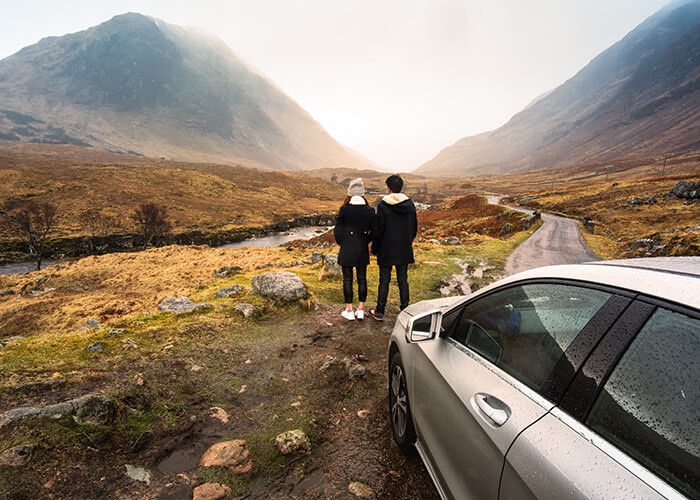Scotland’s rugged charm and scenic beauty make it the perfect destination for a road trip adventure. With its jagged coastlines, serene lochs, and rolling landscapes, it invites travelers to explore its many wonders. The country is dotted with historical castles, renowned whisky distilleries, and picturesque islands waiting to be discovered.
My love for Scotland is immense. Its breathtaking beauty captivates me, and the ever-changing landscapes, famous distilleries, and the warmth of the Scots are simply irresistible.
From my numerous visits to Scotland over the past decade, I’ve concluded that a road trip is the best way to experience its splendor. With a modest population of 5.5 million, Scotland’s vast areas are mostly rural, offering tranquil drives through its pastoral heartland. It’s almost as if the country was designed for road tripping. However, there are a few key points to consider before setting off.
Here are 10 tips for a Scottish road trip (along with my favorite routes) to enhance your journey, ensuring it is not only enjoyable but also safe (based on my own experiences):
10. Don’t Rush

Scotland may not be vast, but it is packed with attractions and activities. It’s easy to fall into the trap of rushing to fit as much as possible into your trip, but I urge you to resist this impulse. Focusing on quality over quantity is key. My extensive road trip experience has taught me that a leisurely pace is far superior. By driving shorter distances and spending more time at each destination, you’ll gain a deeper appreciation of Scotland’s unique culture.
Moreover, you’ll likely encounter numerous small, winding roads, often shared with local wildlife. For safety, it’s essential to slow down and concentrate on your driving. Take time to enjoy the views, be open to unplanned explorations, and avoid the temptation to dash from one site to another. Taking your time will undoubtedly enrich your Scottish adventure.
9. Understand How to Drive on Single-Track Roads
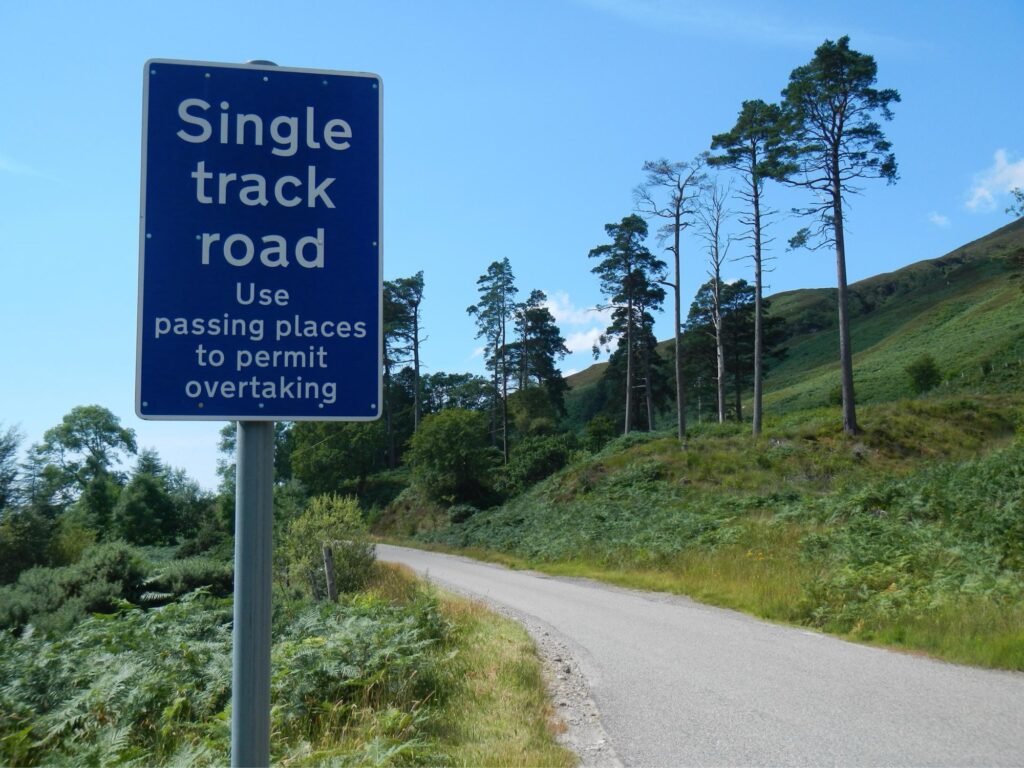
Outside urban areas, you’ll likely encounter single-track roads. These narrow two-way roads are designed for only one vehicle at a time. When you meet another vehicle, there isn’t enough space to pass side by side. Fortunately, these roads often have designated passing places at regular intervals where drivers can pull aside to let others pass.
It’s also wise to approach bends on single-track roads with caution. Limited visibility around these curves means you may not see oncoming traffic, which shares the same lane. Therefore, reduce your speed and be prepared to stop if necessary.
Additionally, the rough nature of these roads increases the risk of tire damage, particularly when pulling over to pass. Carrying a spare tire is advisable, and ensuring your tires are covered by your insurance is a prudent measure for added security.
8. Bring a Paper Maps
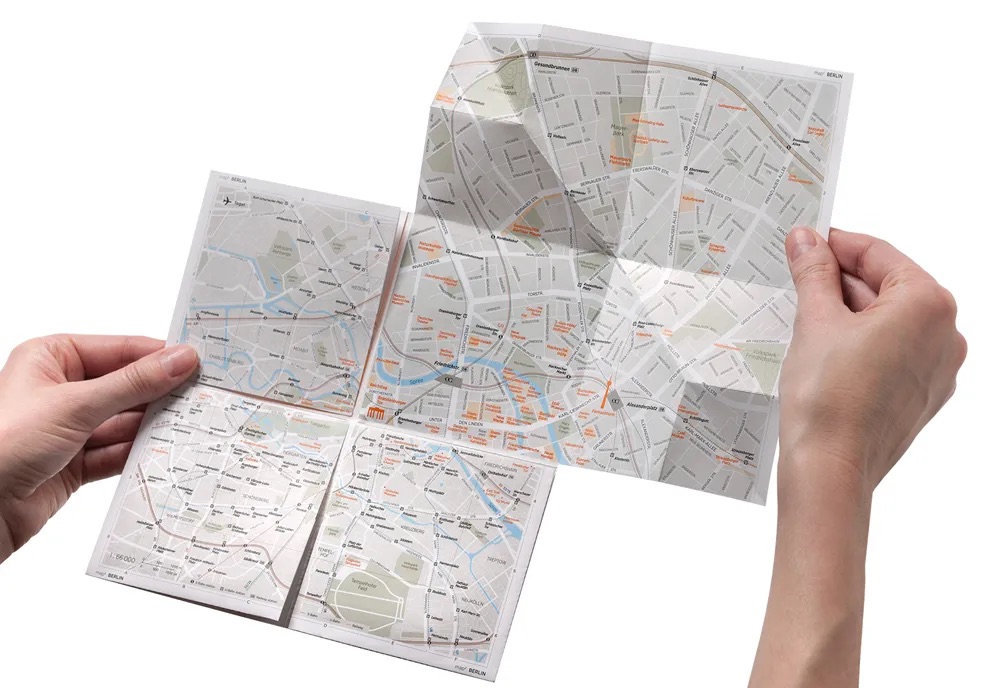
Whenever I go on a road trip, I always bring a paper map. I know Google Maps is convenient and free, and mobile data coverage in Scotland is generally reliable. However, it’s better to be safe than sorry. You never know when your phone might break, when you might lose signal (which is likely in remote areas), or if an emergency might arise. Give yourself peace of mind by bringing a paper road map and leaving it in the glove box. You probably won’t need it, but if you do, you’ll be glad to have it (plus, they make nice souvenirs after the trip).
7. Download the Right Apps

While the essence of a road trip is to disconnect and immerse yourself in your surroundings, several apps can enhance your experience by saving money, ensuring safety, and optimizing time. For those embarking on a Scottish road trip, consider having these essential apps on your phone:
- Met Weather: The premier weather app for the UK, essential for adapting to Scotland’s rapidly changing weather conditions.
- Google Maps: An invaluable tool for navigation. Be sure to download maps for offline access.
- Park4Night: Great for finding parking spots for your RV or campervan, including free options.
- Flush: Extremely useful for locating public toilets.
- Petrol Prices: Handy for finding the nearest petrol stations and comparing fuel prices to plan your refueling stops.
These digital tools can significantly contribute to a smooth and enjoyable Scottish road trip.
6. Add in Time for Scenic Stops
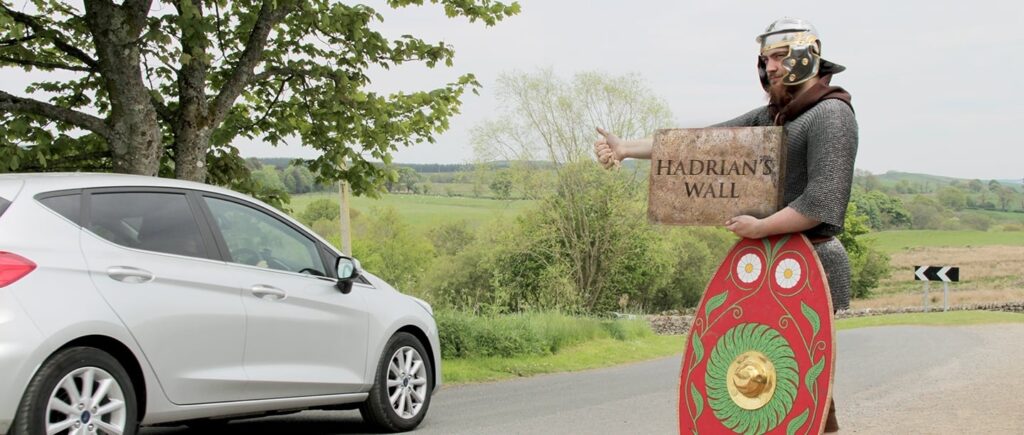
Many travelers meticulously plan their routes and schedules, especially when time is limited. It’s natural to want to organize every detail (I’ve done it myself). However, Scotland is full of delightful detours, from charming villages to breathtaking views and short trails. You’ll often want to stop and admire a view, a mountain, a loch, or an abandoned castle.
The scenery is so captivating that even ordinary sights deserve a photograph. Therefore, it’s wise to build extra time into your travel plans. This allows for spontaneous stops or side trips without feeling rushed. I can’t emphasize enough how valuable this flexibility can be. Often, the most memorable moments of a journey are those serendipitous discoveries. Resist the urge to hurry from one attraction to another; instead, allow time for the unexpected.
5. Know the Speed Limits
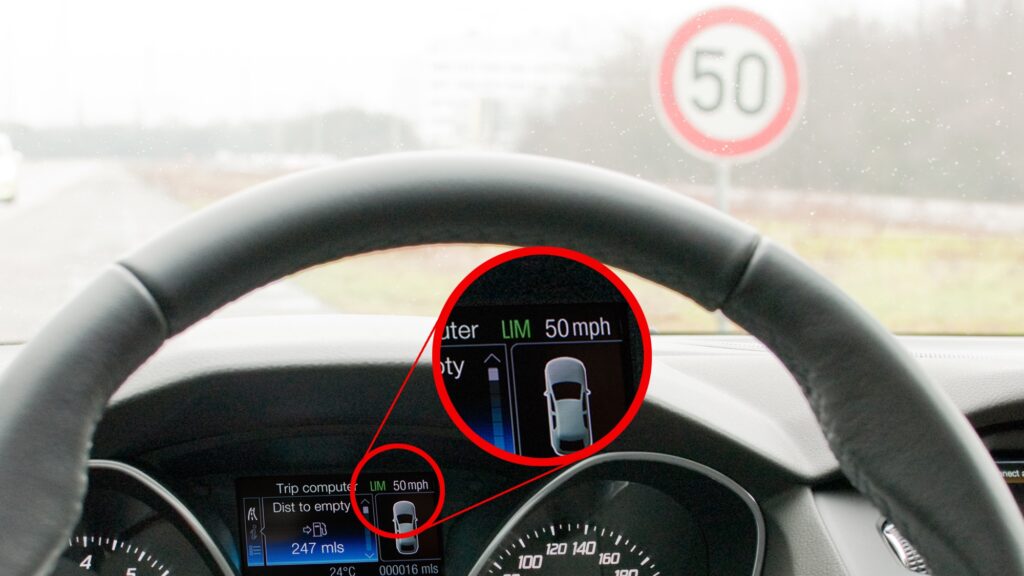
In Scotland, speed limits are displayed in miles per hour, which is convenient for Americans. However, travelers from countries using kilometers per hour need to be attentive. Typical speed limits are as follows:
- Built-up areas: 30 MPH
- Single carriageways: 60 MPH
- Dual carriageways: 70 MPH
- Motorways: 70 MPH
Remember, these figures are general guidelines. Always follow the specific signs posted for accurate information. When in doubt, err on the side of caution and drive at a reduced speed until you can verify the correct limit. Keeping a list of common conversions might be helpful for quick reference during your travels.
4. Understand Roundabouts
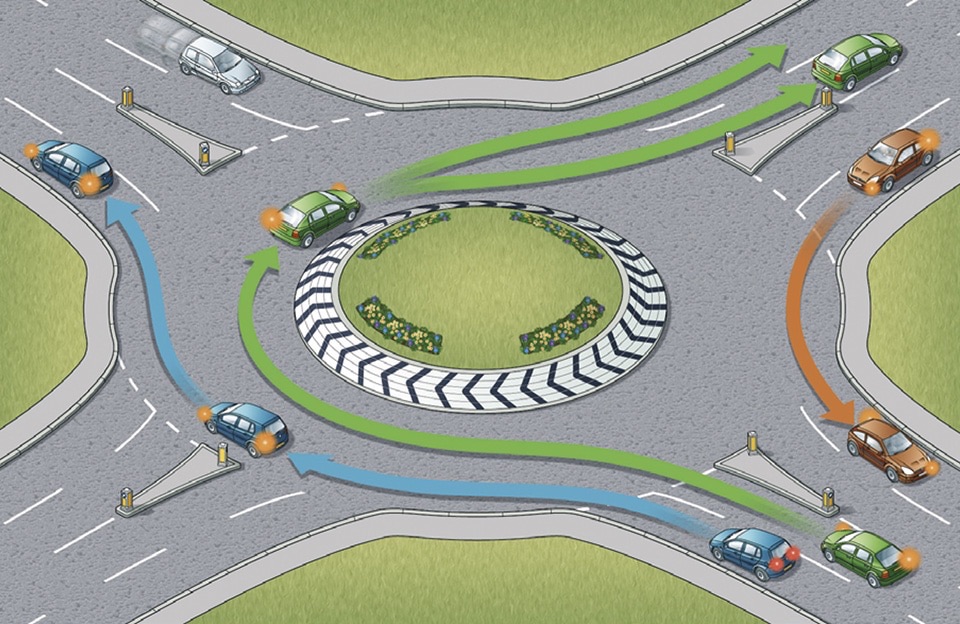
Roundabouts, circular intersections that replace stoplights or signs, help slow down vehicles while maintaining continuous traffic flow. Though uncommon in the US, they’re widely used in Europe due to their effectiveness in reducing serious accidents by up to 90%. In Scotland, roundabouts are prevalent and operate in a clockwise direction, opposite to the counterclockwise flow in the US. As you approach a roundabout, reduce your speed significantly and yield to the traffic already circulating until it’s safe to join. Traffic within a roundabout moves in one direction.
For roundabouts with multiple lanes, stay in the outer lane if you plan to exit soon. The inner lane is for vehicles remaining in the roundabout longer. Before exiting, use your indicator to alert drivers of your intention to turn.
If you’re apprehensive about navigating a roundabout, proceed with caution and clearly signal your intentions. With a bit of practice, you’ll find they’re simpler to manage than they initially appear.
3. Be Ready to Drive on the Left
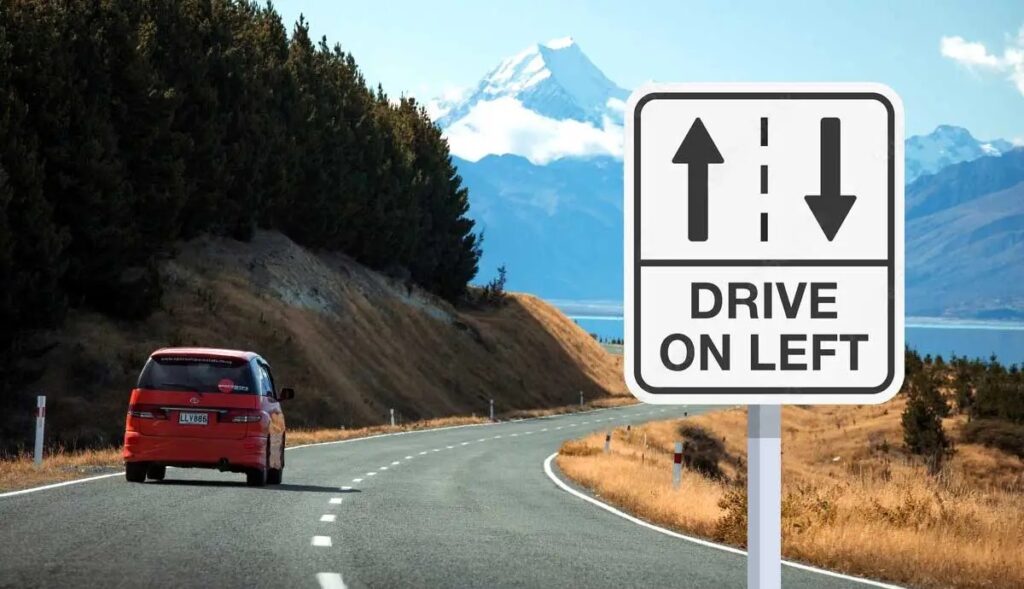
In Scotland, as in the rest of the UK, traffic drives on the left side of the road, which differs from the driving practices in the US, Canada, and most European countries—only Ireland, Malta, and Cyprus share this left-side driving convention in Europe.
If you choose a manual vehicle, you’ll need to shift gears with your left hand, which may take some getting used to if you’re accustomed to right-hand shifting (although I prefer automatic vehicles).
If driving on the right is second nature to you, it’s wise to proceed with extra caution. Driving on the left presents its own challenges, particularly when navigating roundabouts or urban areas. It’s advisable to start off gently and allow yourself time to become comfortable with this new driving orientation.
2. Rent the Right Vehicle

When planning a Scottish road trip, you have two main options that will shape your experience: choosing a car or a campervan. Opting for a car is more economical and fuel-efficient, but it requires arranging nightly accommodations. Alternatively, a campervan/RV, while more expensive and less fuel-efficient, provides the convenience of sleeping in the vehicle, potentially offsetting accommodation costs. The choice ultimately comes down to personal preference.
Both options promise an unforgettable journey, so you can’t go wrong with either. Keep in mind that manual transmissions are standard in Scotland, so if you prefer an automatic, be sure to specify this when making your reservation.
1. Get Travel Insurance
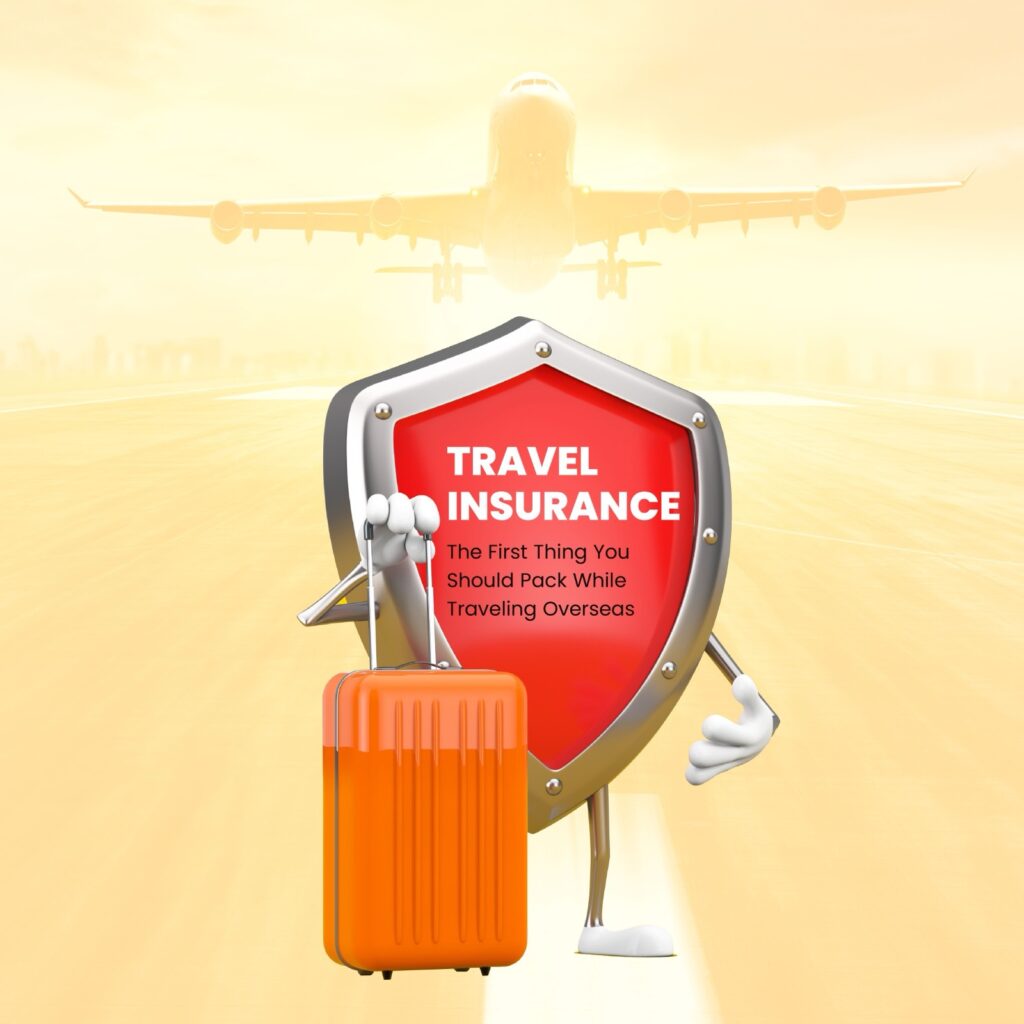
I always make sure to have travel insurance before I depart, and I ensure I get comprehensive car insurance when renting a vehicle. Yes, it’s an additional expense, and you might not end up using it.
However, imagine needing it and not having it. You could face out-of-pocket expenses for any damages, which could be quite costly.
Scotland’s terrain includes many narrow, rugged, or single-track roads that can be challenging to navigate. Tire and windshield damage are not uncommon. Combined with unpredictable weather, these conditions can lead to issues. This is why I strongly recommend getting car insurance for your road trip—the peace of mind it provides is invaluable.
For car rentals, my preferred choice is Discover Cars. Their booking process makes it easy to add car insurance with just a click. They provide clear information on coverage details and costs.
